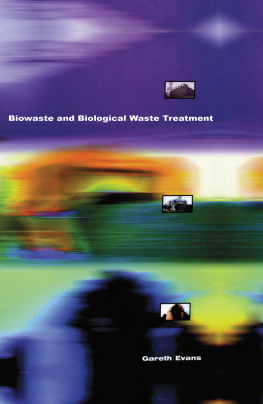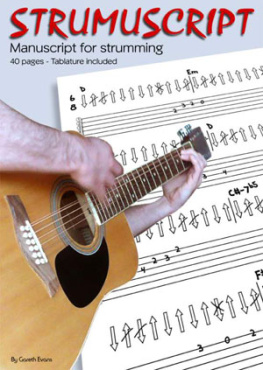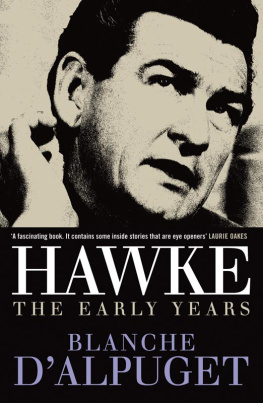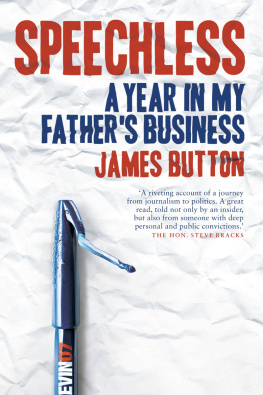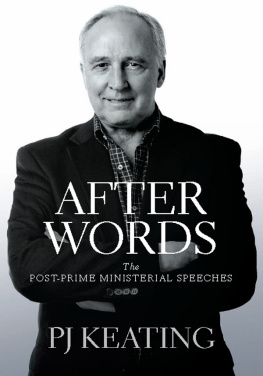MELBOURNE UNIVERSITY PRESS
An imprint of Melbourne University Publishing Limited
1115 Argyle Place South, Carlton, Victoria 3053, Australia
mup-info@unimelb.edu.au
www.mup.com.au
First published 2014
Text Gareth Evans, 2014
Design and typography Melbourne University Publishing Limited, 2014
Front cover photos: Rennie Ellis Photographic Archive
Back cover photo: Gareth Evans private collection Commonwealth of Australia
(National Archives of Australia) 2013
Author photo: courtesy of Jeff Peck
This book is copyright. Apart from any use permitted under the Copyright Act 1968 and subsequent amendments, no part may be reproduced, stored in a retrieval system or transmitted by any means or process whatsoever without the prior written permission of the publishers.
Every attempt has been made to locate the copyright holders for material quoted in this book. Any person or organisation that may have been overlooked or misattributed may contact the publisher.
National Library of Australia Cataloguing-in-Publication entry
Evans, Gareth, 1944author.
Inside the HawkeKeating government / Professor the Hon Gareth Evans AC QC.
9780522866421 (hardback)
9780522866438 (ebook)
Evans, Gareth, 1944Diaries.
Australian Labor Party.
AustraliaPolitics and government19761990.
994.06
Text design by Patrick Cannon
Cover design by Phillip Campbell Design
Typeset in 12/16pt Adobe Garamond Pro by Cannon Typesetting
Printed in Australia by McPhersons Printing Group
To my family
Introduction
T HE HAWKEKEATING GOVERNMENT is often now seen, even by non-Labor people, as the Australian gold standard: as good as it gets in terms of effective leadership; the strength, depth and diversity of the talent in its ranks; and the quality of its achievements. Certainly it did not always feel that way on the inside, as this diary will make very clear. There were periods during its thirteen years in office, from 1983 to 1996, when not even its most rusted-on supporter could so describe it. But, from the perspective of distance, it is hard to identify any Australian government, before or since, that did as well in modernising and liberalising the economy; putting in place major health, education and welfare reforms; promoting community reconciliation; and positioning Australia abroad as a good international citizen.
Along with the general respect for its quality and achievements, there has also been continuing fascination with what made the HawkeKeating Governmentwhich led me to pull this diary from the shelf where it had languished unread for nearly thirty years, and to explore the possibility of its publication.
The diary covers just two yearsfrom late 1984 to late 1986 in the life of a government that survived for thirteen. Why this period, and why so limited a time frame? I could pretend this was calculated: this was a time when a highly competent government was pretty much at the top of its game, two years was long enough to record its pulse, and these particular years could be argued to be broadly representative of the whole thirteen. But the more honest answer is simply that these bookend dates were when, for different reasons, the impulse to write up at length my ministerial experiences came and went.
I began dictating the diary in September 1984 on the day I lost preselection for a new House of Representatives seat straddling my home suburb. With that loss went what seemed to be the best chance I would ever have to manage a transfer from the Senate, where I had been sitting since 1978and would, in the event, sit for another twelveand to join the long queue of wistful aspirants for future Party leadership. (The reality that many are called but few are chosen was, of course, no more a deterrent to me than anyone else.) So why not make the best of the view from the sidelines, where I seemed condemned to remain forever, and at least write about it all for the historians of the future, as Richard Crossman, of whom more below, had so brilliantly done for the UK a decade earlier?
But my stamina for the task, unlike my role models, lasted only two years. Maybe it was because I was closer to the real decision-making action; had a wider range of ministerial and parliamentary responsibilities; had so much more of my time consumed by longdistance travel, as comes with the territory for Australian ministers; or was just emotionally wrung out by the Lionel Murphy affair, which consumes so many pages of this volume, particularly towards the end. For whatever reason, probably a combination of them all, by the last months of 1986 I was finding it impossibly exhausting to keep going with any kind of complete record, and the entries simply petered out.
That said, and as arbitrary as its opening and closing dates are, the period I recorded was a fascinating one for anyone with any kind of interest in Australian politics, and will remain so for political and economic historians. These were the years when tensionseasily contained at this time, but eventually explosivebegan to build between Bob Hawke and Paul Keating. And this was the period of the banana republic, Tax Summit and Option C economic debates; the MX missile test and New Zealand nuclear ships affairs, and the tensions with our US ally that went with them; the rescue from collapse of the North West Shelf project, so crucial to the future of the Australian economy; and the beginnings of a serious national debate about Aboriginal land rights, and another one about how to resolve the growing tensions between miners and environmentalists. It also saw the death throes of the Australian Constitutional Convention, and the Bill of Rights, and with them the prospects of any major constitutional or civil liberties law reform for a generation. And it saw the obsession with organised crime, stimulated by the purported revelations of The Age Tapes and Costigan Royal Commission, and culminating in the relentless pursuit of Lionel Murphy through Parliament and the courts until his tragic death by cancermy entry about which concludes this volume.
There are a number of more general themes and storylines that run through the text. Hopefully they help bind a miscellany of vignettes into something a little more coherentalthough, of course, one of the virtues of diaries (at least honest ones) for historians is that, by definition, they lack the coherence and discipline of accounts written after the event with all the clarity that hindsight brings, and the distortions that memory and creative writing allow.
Two very general such themes will by now be quite familiar to readers of this Cabinet-diary genre and require no introductory elaboration. One is the incredibly complex, and messy, process that is involvedfar more than is evident in most of the finished productsin most major Cabinet policy decisions. The other is the sheer relentless, exhausting, pressure-cooker grind of life as a Cabinet minister, and in the public spotlight, almost unimaginable to the uninitiated, and no doubt now even harder to manage in todays world of 24/7 news cycles and all-pervasive social media than it was in my time.


